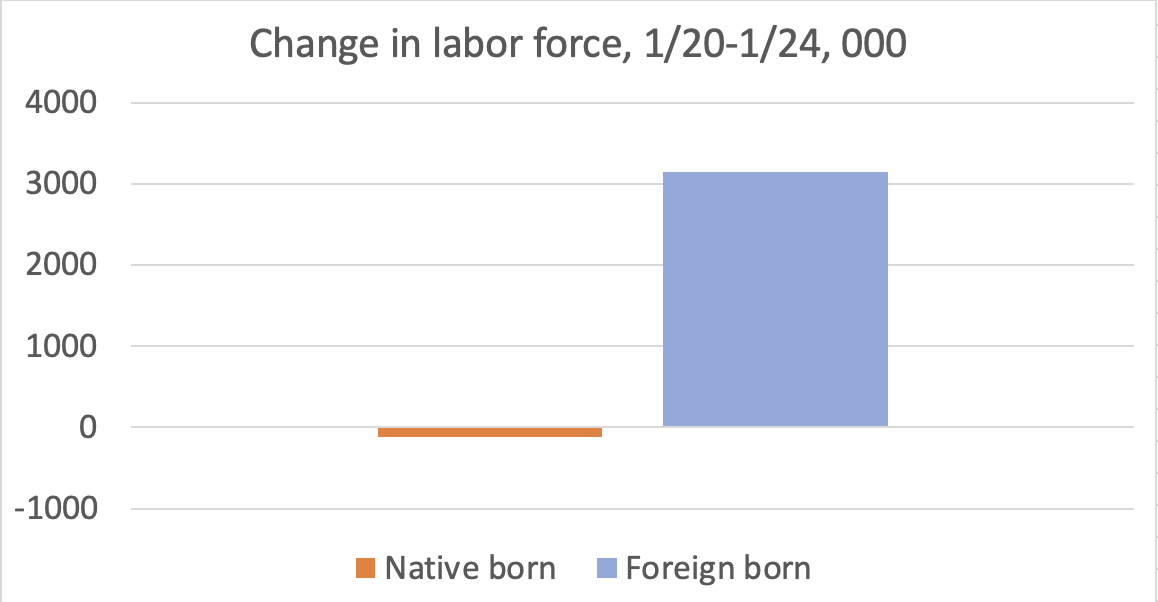The trade news has been bad. But 3% decline in stocks, worst yield curve inversion in a very long time, bad? Larry Summers actually had a perceptive piece arguing that markets are taking trade policy as a signal of potentially much worse conflict 1/ larrysummers.com/2019/05/15/the…
"It is, I suspect, the greater risk of catastrophic medium-run outcomes, rather than the proximate impact of trade conflicts, that is driving the outsize market reactions to trade negotiation news." Basically investors are starting to sense that Trump and Xi are out of control 2/
Of course these market reactions themselves have real consequences. Recession chances are definitely higher, in part thanks to self-fulfilling prophecy 3/
• • •
Missing some Tweet in this thread? You can try to
force a refresh













